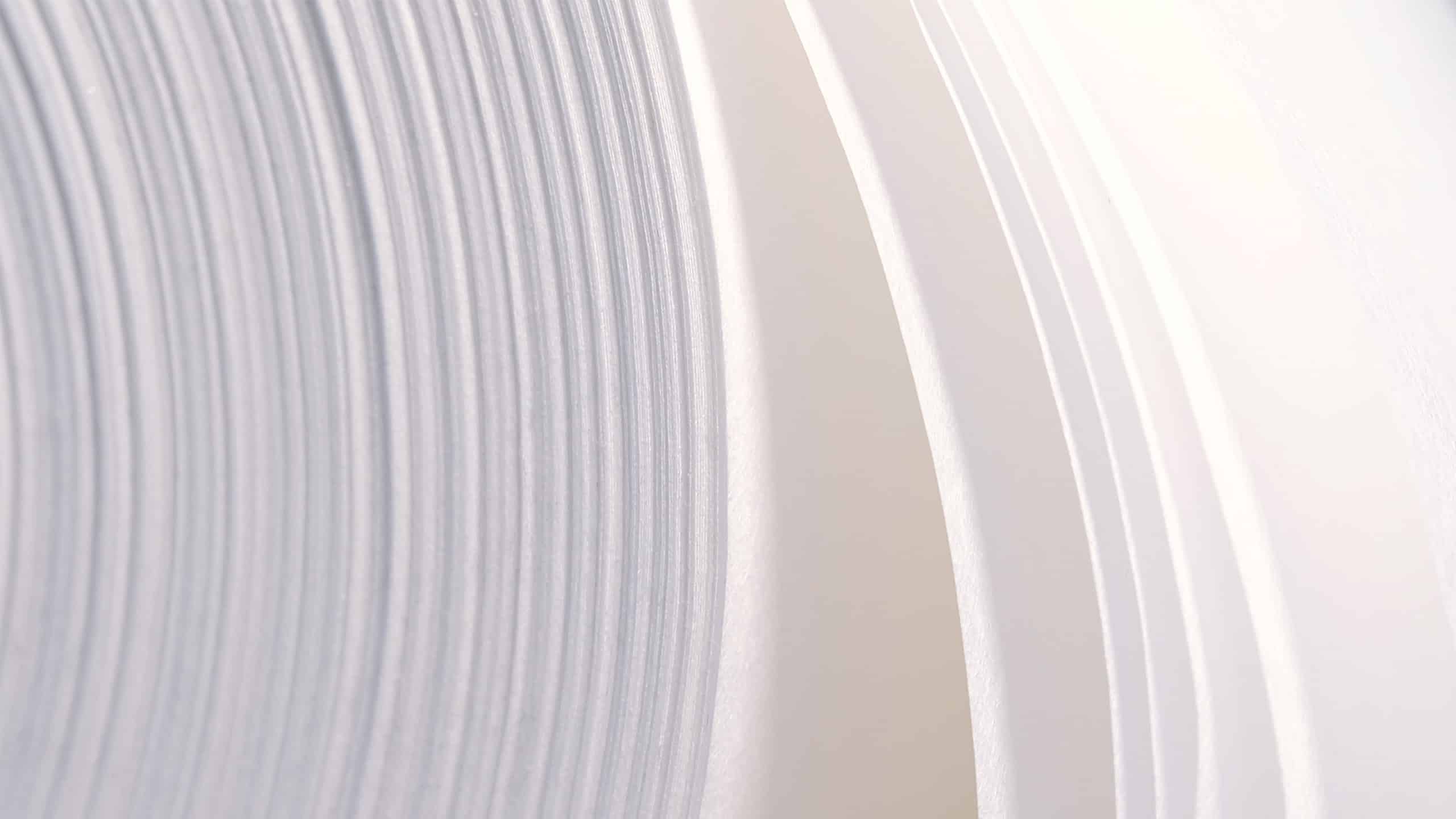Sustainable materials for product packaging

Introduction to sustainable packaging materials
In today’s world, the importance of sustainable packaging cannot be overstated. Traditional packaging materials, such as plastics, have long been a significant contributor to environmental degradation. These materials often end up in landfills or oceans, posing severe threats to ecosystems and wildlife. As the global community becomes more conscious of these environmental challenges, the demand for sustainable alternatives is on the rise.
One promising solution is fibre-based packaging. According to insights from the Confederation of European Paper Industries (CEPI), the paper industry plays a crucial role in sustainable development. Fibre-based materials, derived from renewable resources, offer a viable alternative to conventional packaging. They not only reduce the environmental footprint but also align with the principles of circular economy by promoting recycling and reuse.
Understanding fibre-based materials and their benefits
Fibre-based materials are characterized by their renewability and recyclability. Derived primarily from wood fibres, these materials stand out for their ability to be recycled multiple times without significant degradation in quality. CEPI highlights that the paper industry’s commitment to responsible forestry ensures that these resources are managed sustainably, supporting biodiversity and reducing carbon emissions.
One of the most compelling benefits of fibre-based solutions is their potential to significantly reduce plastic waste. By replacing single-use plastics with durable and recyclable fibre materials, we can address the pressing issue of plastic pollution. This shift not only minimizes environmental impact but also supports the transition to a more sustainable packaging ecosystem.
Paptic’s unique fibre-based solutions
At the forefront of innovative fibre-based materials is Paptic, a company redefining the standards of sustainable packaging. Our unique approach combines the benefits of paper, plastic, and textiles, resulting in materials that are not only eco-friendly but also versatile and durable. Unlike other fibre alternatives, Paptic products boast exceptional properties that cater to a wide range of applications, from bags and pouches to e-commerce and food packaging.
What sets Paptic apart is the unparalleled durability and flexibility of our materials. These characteristics are backed by rigorous testing and real-world case studies, demonstrating their effectiveness in replacing traditional packaging solutions. Our commitment to sustainability is evident in every product, ensuring that they contribute positively to reducing plastic waste and promoting a circular economy.
The role of recycling in sustainable packaging
Recycling is a vital component of sustainable packaging, particularly in Europe, where trends indicate a growing commitment to waste reduction. According to Statista, recycling rates have been steadily increasing, driven by stringent regulations and heightened environmental awareness. The European Environment Agency (EEA) further emphasizes the critical role recycling plays in minimizing environmental impact and conserving resources.
For fibre-based materials, recycling extends their lifecycle, allowing them to be repurposed into new products multiple times. This process not only conserves raw materials but also reduces the carbon footprint associated with production. By supporting recycling initiatives, we can ensure that fibre-based solutions remain a sustainable and viable alternative to traditional packaging.
Challenges and future directions in sustainable packaging
Despite the progress in sustainable packaging, the industry faces several challenges. Market adoption remains a hurdle, as businesses and consumers alike adjust to new materials and processes. Additionally, technological limitations can impede the development of more advanced sustainable solutions. However, these challenges also present opportunities for innovation and growth.
Looking ahead, the future of sustainable packaging is promising. CEPI’s forecasts and initiatives highlight the potential for responsible forestry and material innovation to drive further advancements in this field. By embracing these developments, we can continue to reduce our environmental impact and pave the way for a more sustainable future. As we innovate and adapt, the potential for fibre-based materials to transform the packaging industry becomes increasingly evident.
